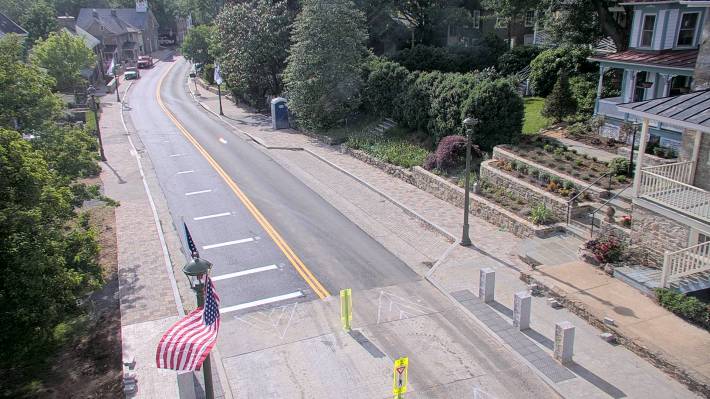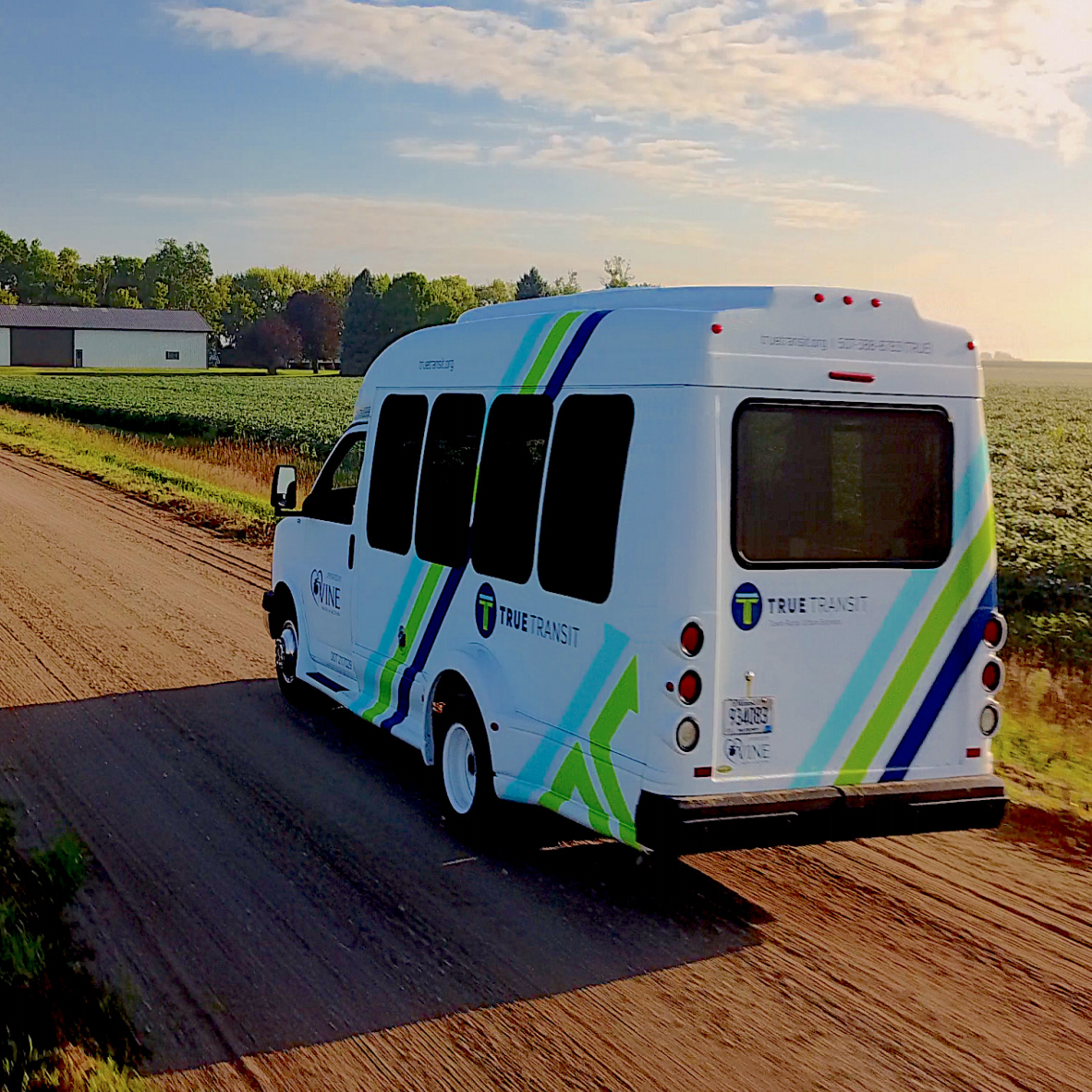More than ever before, rural communities need policies that make it easier for residents to drive less, a new report argues — but the federal politicians who govern them are stonewalling the very legislation that could give it to them, like President Biden's Build Back Better Act.
In a new report from Smart Growth America and Third Way, researchers found that the work commutes of rural residents were a whopping 15 percent longer in 2017 (the last year for which data is available) than they were in 2001, thanks in part to increasing consolidation in large employers and the continued proliferation of car-centric transportation planning in their communities. Shopping trips are 14 percent longer, and the average social or recreational trip has swelled from just over 16 miles at the turn of the century to nearly 18 miles.
Put it all together, and the average distance rural residents traveled every time they got in their cars in 2017 was 41 percent longer than their urban counterparts — a growing phenomenon that the advocacy leaders behind the report say is more avoidable than we might assume.
"It’s absolutely possible for people that live in rural communities to access the things they need without cars," said Alex Laska, Transportation Policy Advisor for Third Way and co-author of the report. "That’s good not only for their quality of life, but also for reducing transportation emissions and enhancing air quality for everybody."

Laska and his co-authors are well aware that not everyone thinks that the rise in car dependency in rural America is really a problem, thanks in part to decades of federal transportation policy that "treats rural America as 'drive-through' country." Transit funding became a particularly big sticking point of the recent bipartisan infrastructure negotiations, with some GOP senators like Bill Haggerty of Tennessee outright saying that highways are more important than transit to his constituents because "we're a highway state."
But in reality, the majority of U.S. counties in which 10 percent or more of the population are living without access to a car are rural — including several in Tennessee. And because many of those communities are clustered around small, connected downtown cores, car-light living is often more comfortable than leaders assume — at least with the right transportation policies and investments.
"When we're thinking about rural areas, someone like me who lives in a city might envision vast open fields of corn where everyone has to drive hours and hours just to visit their closest neighbor," said Laska. "But the truth of the matter is, a lot of rural America actually has a lot of density."
Making those dense centers actually accessible to people on foot, though, can be a challenge, particularly in communities where the town "main street" is a highway.
But with good state leadership, even the most dangerous thoroughfare can be tamed — as it was in the tiny town of Hillsboro, Va. (population 200), which accelerated a major road diet and redesign on its main drag, State Route 9, during the pandemic. Indeed, because Route 9 is one of the only roads within its borders, Hillsboro's investment effectively transformed the experience of getting around on foot for nearly every resident.
And with the right federal leadership, projects like Hillsboro's could become the norm in even more small towns.
"How the Biden administration implements the bipartisan infrastructure deal could make it significantly easier for rural localities to prioritize safety [like Hillsboro did]," the study authors wrote. "One way would be revising outdated manuals used by transportation agencies to design streets, including in the Manual on Uniform Traffic Control Devices (MUTCD), and reframing them and removing standards and guidance that lead to streets that are hostile to or dangerous for those outside of a vehicle."

Of course, revising inhumane federal road design guidelines will help urban communities, too — and so will many of the reforms recommended by the report authors.
Those include: requiring recipients of federal grants "to measure and improve how efficiently their transportation system connects people traveling to jobs and services," regardless of mode; requiring states to fix the highways they've got before they build more; and increasing broadband access to increase access to remote opportunities and services, eliminating the need for some car trips altogether — a particularly important consideration in rural areas, where nearly a third of residents can't reliably get online.
And just like in city centers, rural transit investment is critical — though it will take different forms in America's farmland. In addition to construction and operations dollars, the report authors point out rural communities badly need federal "assistance to determine exactly where and when people are traveling ... clear guidance about rural transit strategies and outcomes to measure, [and] a reduction in red tape to apply for funding."
Advocates are hopeful that's exactly what the new, equity-focused transit programs in Biden's Build Back Better Act will deliver — if negotiators can defeat conservative and centrist skeptics to get them across the finish line.
"Rural transit is not gonna look like urban transit, and it needs different kinds of support," said Beth Osborne, director of Transportation for America and a contributor to the report. "We’re not building subways, here. But the goal is still the same; it’s to allow people to get to job centers and service centers by multiple means of travel...The bottom line is, we need to make it easy for people to drive less, which means shortening trips, sharing trips, and avoiding unnecessary trips, everywhere."






